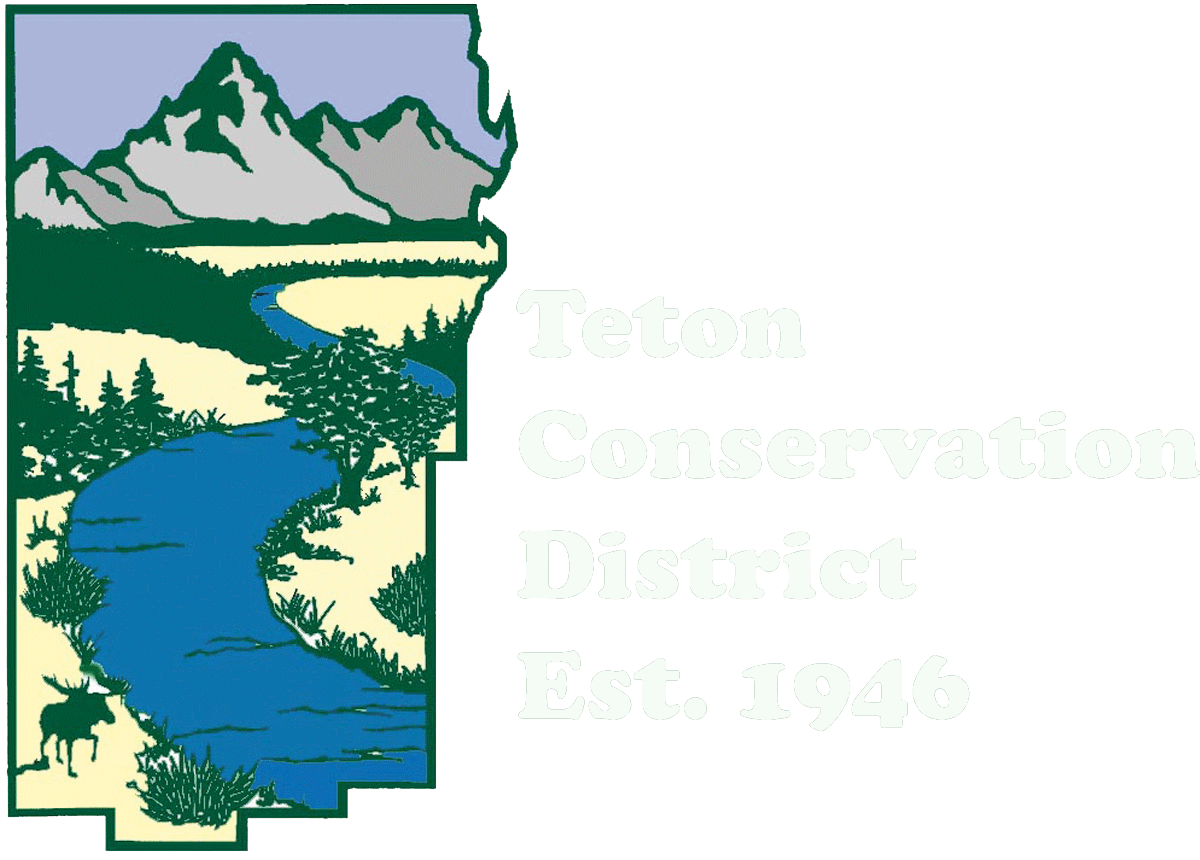By Morgan Graham, GIS & Wildlife Specialist
This blog post was originally published on the Jackson Hole Wildlife Foundation’s blog.
Growing up in Pennsylvania, I was not familiar with the concept of winter range. I remember seasonal changes marked by hundreds of Canada geese feeding on leftover corn and soybeans. However, as more geese became yearlong residents, they displaced other waterfowl and left slippery green hazards on sports fields…but that’s a different story.
Winter range came into focus for me during my first winter in Jackson in 2006. As a field technician, I counted mule deer on winter range from 27 fixed locations around the valley twice a week. Over the following three winters, I observed 3,230 animals across 417 locations and gained a greater appreciation for winter range. Monitoring conservation easements, conducting habitat inventories, and exploring public lands over 17 seasons deepened my understanding of why winter range is vital.
Winter range mule deer observations above Broadway Avenue, symbolized by deer group size.
But what exactly is winter range and why is it essential?
Winter range is the topography and habitat that mule deer require to survive deep snow, frigid temperatures, predation threats, and human-caused stress. The lack of winter range is recognized as one of the most significant limiting factors to mule deer populations. The winter range we see animals using most frequently are the steep south-, east-, and west-facing buttes that receive enough sun and wind to keep snow depths low and natural high-fiber forage accessible. These include plants like mountain big sagebrush, Rocky Mountain juniper, antelope bitterbrush, rubber rabbitbrush, Wood’s rose, mountain snowberry, and curl-leaf mountain mahogany. It also includes older, closed-canopy stands of Douglas fir and lodgepole pine that shield against heavy snow and cold wind.
When I was a young buck, my body mass could fluctuate by 15% over the year (mule deer bucks can lose 15% of their body mass during the rut alone!). A steady winter diet of beer, pizza, and Netflix transitioning to a summer diet of sunshine, water, and plants would typically put me at my heaviest in April and lightest in October. Mule deer are the opposite. They increase their fat levels from around 9% in June to 25% in December and rely on those fat stores until May when the landscape begins to green up again. If they run out of fat stores, their body will shift to burning protein/muscle (not good). A dog chasing a deer through deep snow has negative consequences―simply walking through deep snow can require 6x more energy than on flat ground. What’s harder to reckon with are the cumulative impacts of more frequent alertness, standing, and walking in response to humans and pets. Each act of avoidance is a debit on a deer’s fat stores. The best thing you can do is keep your dog under control and observe seasonal wildlife closures. Even if there isn’t snow on the ground, the deer appreciate the space to chill.
So, why don’t we just feed deer the same way we feed elk? There are plenty of biological, social, and behavioral reasons, but the simplest is that it can kill them. Mule deer have evolved to “stomach” our long winters. They are heavily reliant on rumen bacteria that adjust seasonally to the foods available on the landscape. By the time winter rolls around, a deer’s rumen has acclimated to handle high-fiber, low-protein food. Suddenly dumping high-protein or high-carb fuel like hay, corn, or apples in the tank is equivalent to putting gasoline in a diesel engine (also not good). If you want to provide food for wildlife, consider maintaining or restoring some of the native plants listed above in areas away from buildings and roads.
Winter 2022 – 2023 has been particularly hard on our deer population. In early March, Wyoming Game and Fish Department reported over 50% of tracked fawns had succumbed to severe winter conditions. The average for that time is closer to 25%. Even as the snow recedes mule deer and other critters still aren’t out of the woods. Often the first areas to green up are directly adjacent to roads. Nothing is worse than seeing an animal that made it through the depths of winter fall victim to a vehicle collision a couple weeks or days before the flush of spring forage. Be vigilant and patient to help animals make it through the last leg of the winter marathon.

